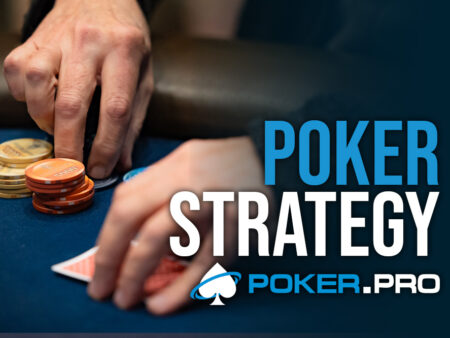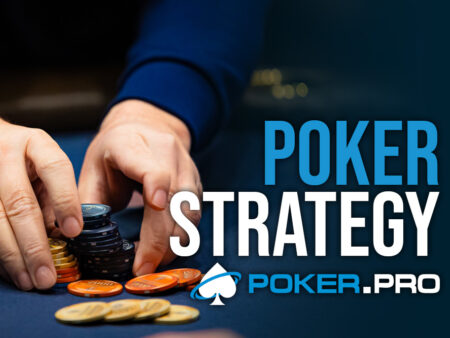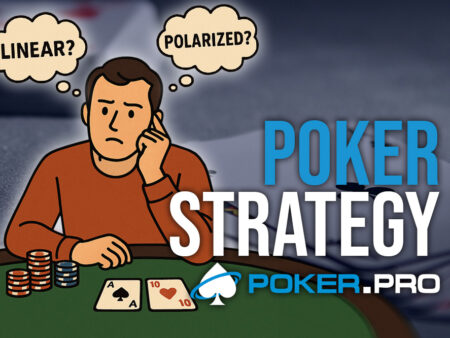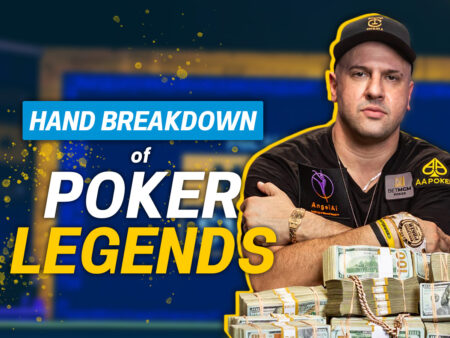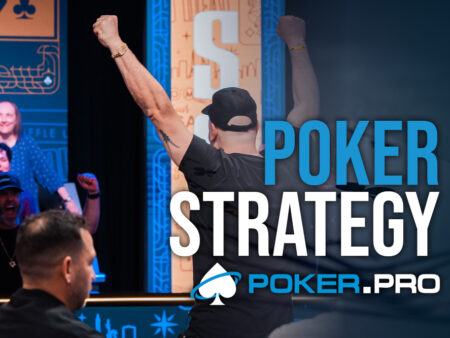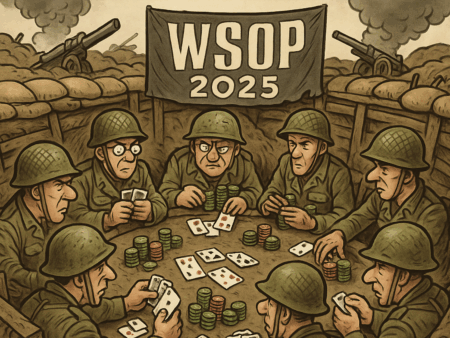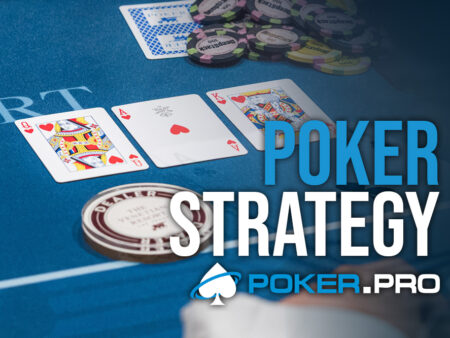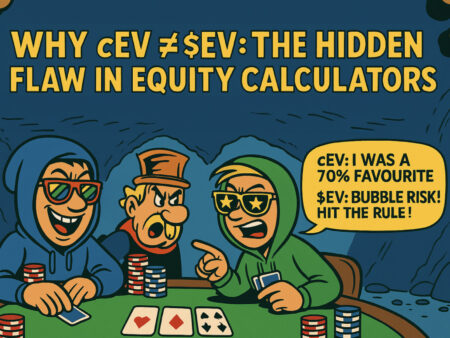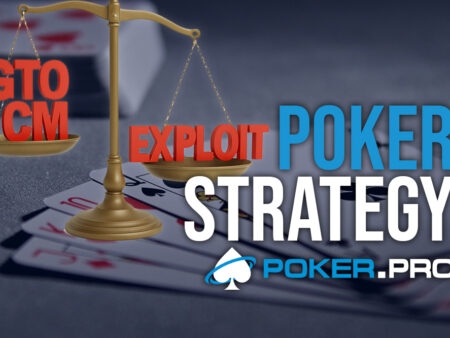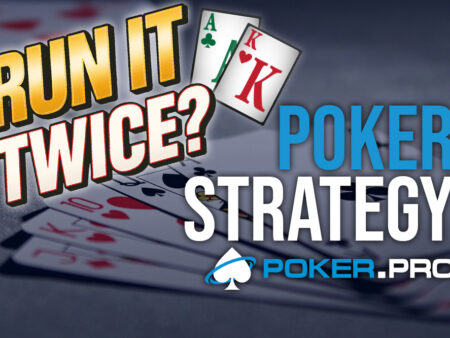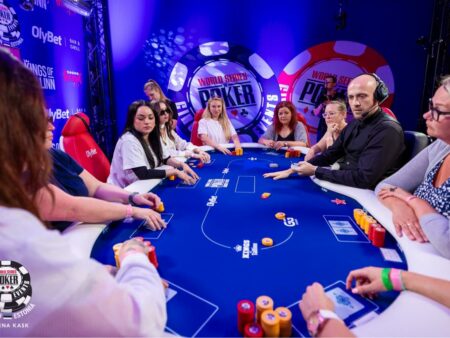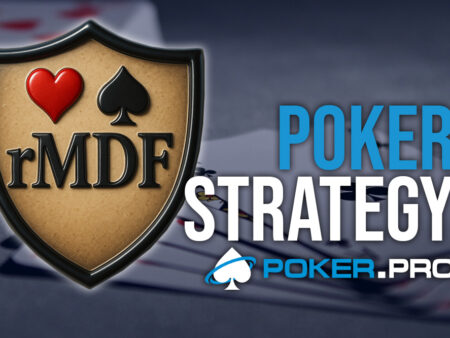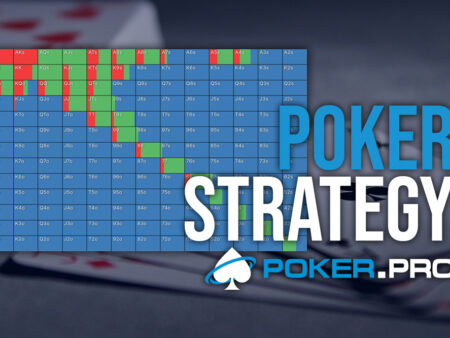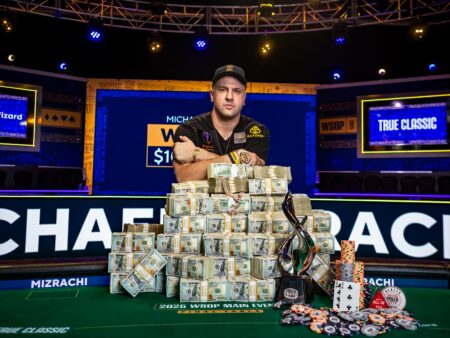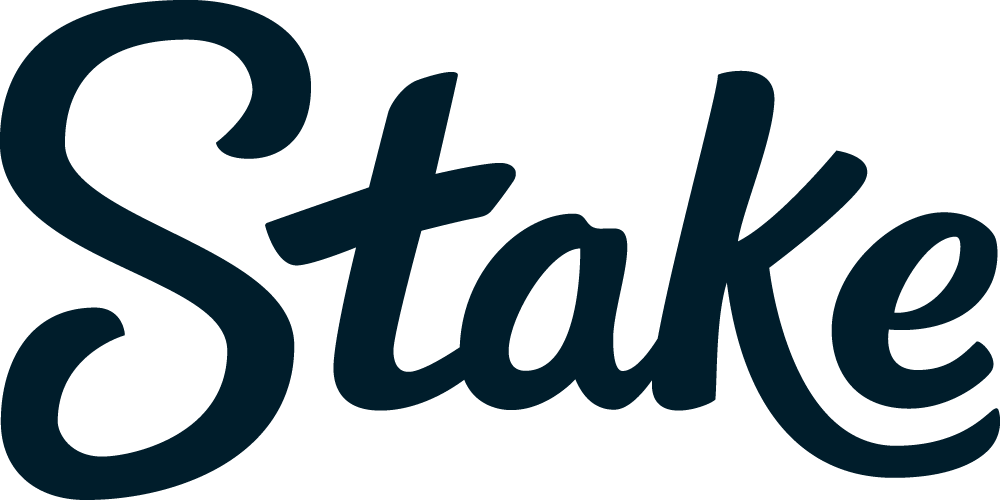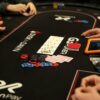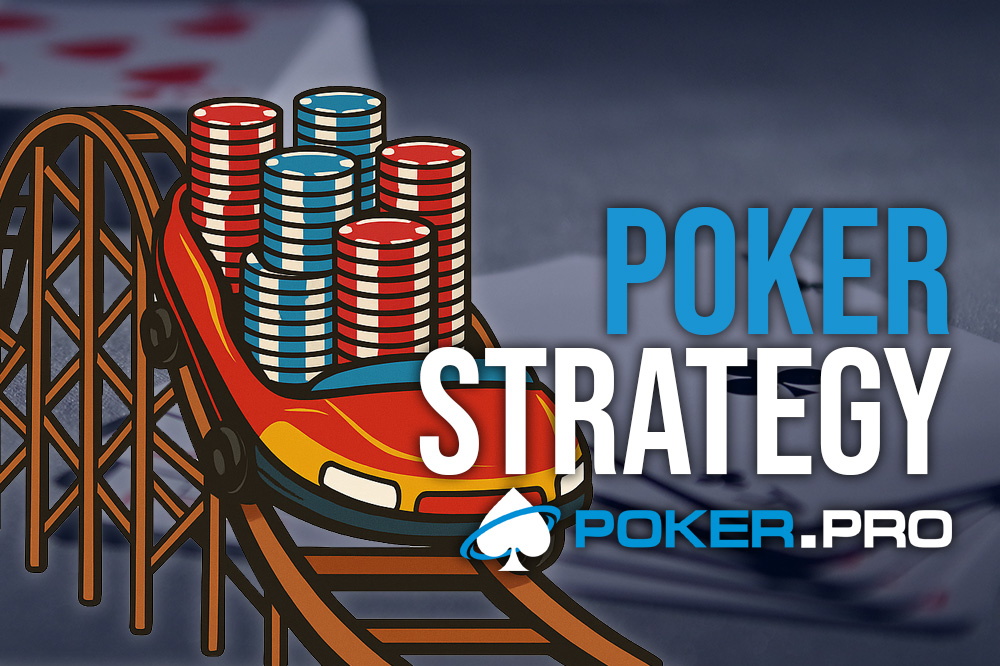
Variance is one of the most misunderstood concepts in poker – yet it’s the invisible force that shapes every bankroll, every career, and every session you play.
In both poker and statistics, variance measures how much results fluctuate around the expected value (EV). In plain English, it’s the reason your short‑term results can look wildly different from what the math says you should win in the long run.
Mathematically, variance is the spread – how far your results deviate from the average.
A Simple Example
Imagine you’re all‑in with AA vs KK for $1,000:
- EV: ~$820 (you win about 82% of the time)
- Reality: You either win $1,000 or lose $1,000 in that one hand
The gap between what should happen over time and what happens in a single instance is variance.
Why Tournament Variance Hits Harder
Tournament payout structures magnify variance because a single deep run can outweigh dozens of busts. Even elite MTT pros can go on long losing stretches despite playing world‑class poker.

Variance Profiles by Game Format
Not all poker formats create the same swings. Some are naturally more volatile:
| Format | Variance | Why |
|---|---|---|
| Deep-stack cash | Moderate | Postflop skill edge reduces coinflips |
| Short-handed PLO | Very high | Closer equities + bigger pots |
| Turbo MTTs | Extremely high | Forced short-stack play > more all-ins |
| Slow MTTs | High | ICM pressure + occasional deep runs |
| HU Hyper SNGs | Wild | High bluff frequency + thin value betting |
Why this matters: Your bankroll requirements must be tailored to your game’s variance profile.
How Pros Adjust Strategy for Variance
Reducing Variance Intentionally
- Avoid marginal +EV bluffs in ICM‑heavy spots
- Take lower‑variance lines in big‑field MTTs to preserve tournament life
Embracing Higher Variance for Max Edge
- Take thin +EV spots in soft cash games with a big winrate edge
- Accept flips in high‑value MTT spots to build a stack early against weaker players
Variance Management = Bankroll Management
Bankroll management at the pro level isn’t just “have enough to buy in.”
It’s how many buy‑ins you keep in your bankroll to survive inevitable downswings without being forced to move down in stakes.
Conservative guidelines:
- NLHE Cash (Full Ring): 40-50 buy‑ins
- 6‑Max NLHE Cash: 60-80 buy‑ins
- PLO Cash: 100-200 buy‑ins
- MTTs: 200-500 buy‑ins (larger fields = higher end)
Example:
If you play $1/$2 NLHE full ring and buy in for $200:
50 x $200 = $10,000
That’s your total bankroll, not your session buy‑in.

High Buy‑In Variance: A Different Beast
High buy‑ins follow the same math as lower stakes – but the swings are sharper, the bankroll demands higher, and the psychological impact deeper.
Why It Feels Sharper
- Fewer entries – less volume to smooth variance
- Tougher fields – smaller edges, bigger relative swings
- High ICM pressure – pay jumps magnify risk late in events
- Fewer shots – each loss is a big hit to bankroll
ROI Compression
- $10k MTT: ROI might be +15% in a tough field
- $1k MTT: ROI could be +50% in a soft field
Smaller ROI cushion means variance can wipe out multiple buy‑ins before recovery.
Field Size & Structure Effects
- Small fields: Lower finish‑distribution variance but harder to hit top spots
- Shallow stacks / fast blinds: More flips, more variance
- Deep structures: Lower short‑term variance but often more polarised results
Bankroll for High Buy‑Ins
- $10k+ MTTs: 300-500 buy‑ins if self‑bankrolled
- High‑roller cash: 100-200 buy‑ins
- If backed/staked: Financial risk is shared, but personal earnings variance still high
Strategic Variance Management in High Buy‑Ins
When to Reduce Variance
- ICM‑heavy spots (final table pay jumps)
- Bankroll stretched
- Reg‑heavy fields
Tactics: Decline thin flips, tighten speculative calls, control pot size with marginal hands.
When to Increase Variance
- Softer high‑buy‑in fields
- Deep in structure with healthy stack
- Early levels vs passive opponents
Tactics: Apply ICM pressure, widen bluffing range, accept high‑EV high‑variance spots.
The Psychological Factor
- Losing streaks hurt more: Busting multiple $25k+ events stings mentally and financially
- Sample size issue: You might play 500 $1k MTTs in a year but only 20 $25k events
- Tilt risk: One bad beat in a $25k can carry over to the next
Mastering variance is understanding that it is not the enemy – it’s the cost of playing poker. At the pro level, it’s a statistical inevitability that must be modelled, anticipated, and managed. The best players adapt their strategy, bankroll, and mindset to variance – and thrive through the swings while others crumble.

